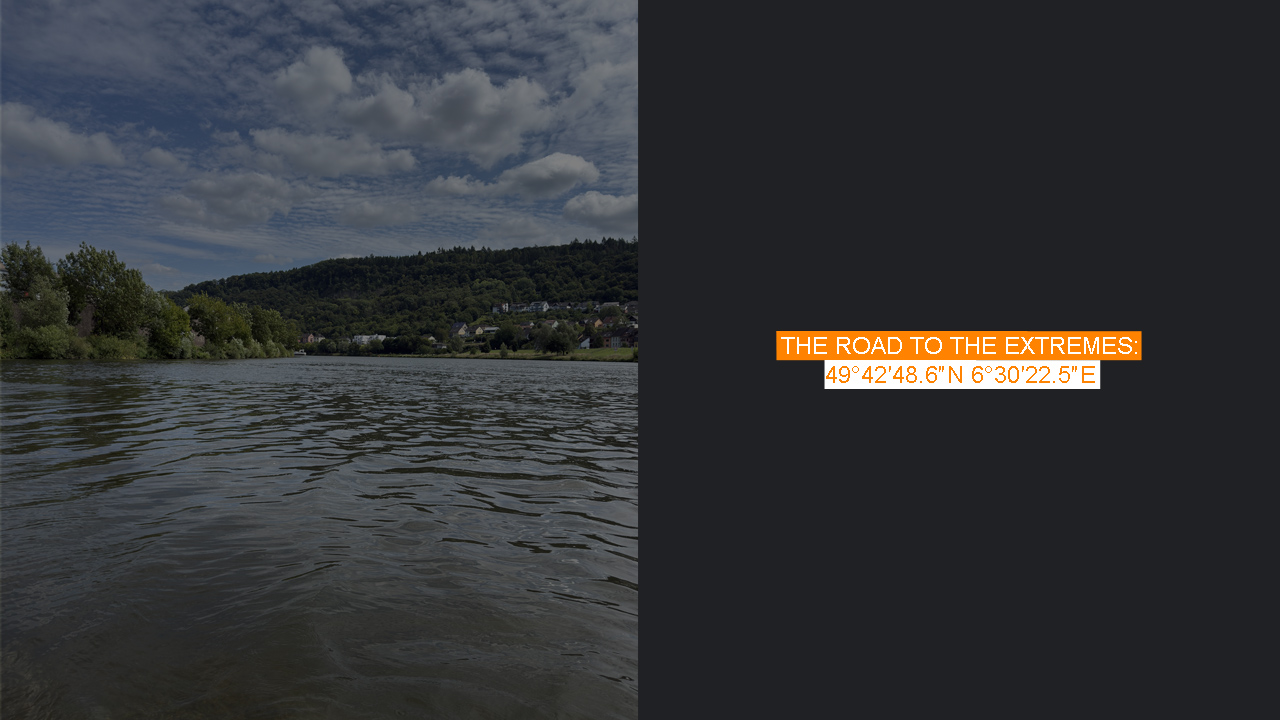Luxembourg is a landlocked country bordered by Germany, France, and Belgium. However, the border with Germany is, to a large extent, a natural one — shaped by three rivers: the Moselle, the Sauer, and the Our. In fact, the country’s entire eastern frontier, stretching for about 135 kilometers, follows these rivers.
In the beautiful border town of Wasserbillig lies an interesting geographical curiosity: the lowest point of Luxembourg, at 129 meters above sea level. This exact spot marks the confluence where the Sauer River flows into the Moselle, forming not only a natural boundary but also a tranquil meeting of waters that symbolizes the connection between Luxembourg and Germany.
In countries with a coastline, the lowest points are usually at sea level — or, in some cases, even below it due to human activity. But this one felt different. I had a small sense of excitement about visiting Luxembourg’s lowest point because it happened to be my first one above sea level — and in this case, quite a bit higher.
Even though the highest point of the country rises only to 560 meters, Luxembourg still feels surprisingly hilly and dynamic. There aren’t many flat regions. Take the capital, Luxembourg City, for example: walking through it gives the impression of being in a much higher landscape than you actually are, thanks to the deep valleys that cut through the city.
Luxembourg City was also where my short trip began — less than half an hour’s drive from the border. That proximity also explains why so many Germans commute daily to Luxembourg for work, crossing those river boundaries that once defined countries but now barely slow down the morning traffic.
Or at least, that’s what you’d believe.
After parking — slightly illegally — by the Moselle, I walked uphill toward the bridge crossing the Sauer River. The traffic seemed oddly jammed, and the reason soon became clear: on the German side of the bridge, police officers were welcoming people into their country by checking IDs.
I had already experienced their hospitality once before, when crossing from Denmark into Germany. A police officer had shown a stop sign, said nothing, glanced into the back seat, and then simply said, “Please go.” These were part of Germany’s temporary border checks, officially introduced as measures to control irregular migration and combat criminal or terrorist activity.
By the riverside, fishermen — and women — were quietly casting their lines on both sides of the border. A few drunk figures emerged from the shadows of the nearby parking area, muttering something I couldn’t quite understand. Deciding that Luxembourg wasn’t entirely perfect after all, I descended to the riverbank.
I stood there for a while, watching the birds. I wondered whether they had better luck catching fish than the people did — because it didn’t look like anyone was catching anything at all.
This wasn’t my first time in these beautiful surroundings. I had spent a few weeks in the Moselle area years earlier, when I was supposed to travel to a Rotary youth camp in the United States — but for whatever reason, they decided to send me, along with about twenty other young people, to Trier instead.
Oh, how I wish I had kept in touch with all of them, just to know what they’re up to nowadays. We had such fun together. With those memories resurfacing, I decided to leave before getting too sentimental about it all.
Just around the corner was said to be the easternmost point of Luxembourg, also by the river — though, interestingly, not as easily accessible as the lowest point.

